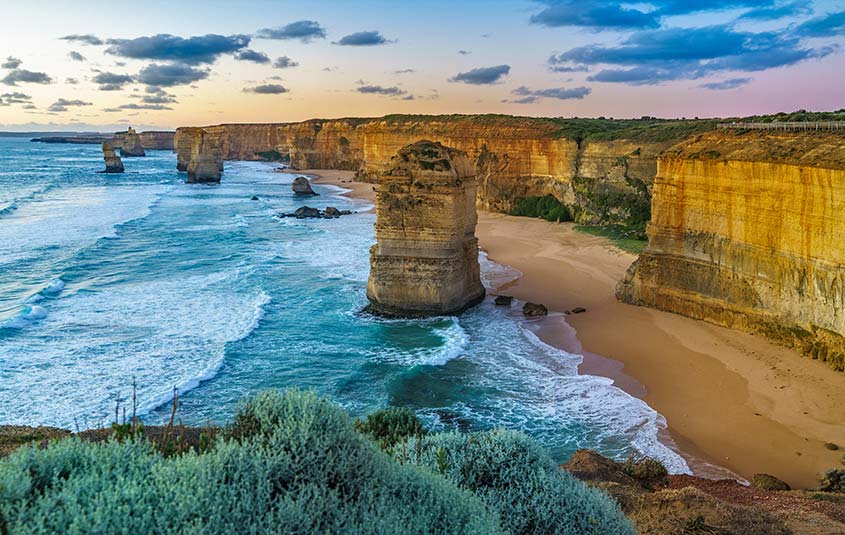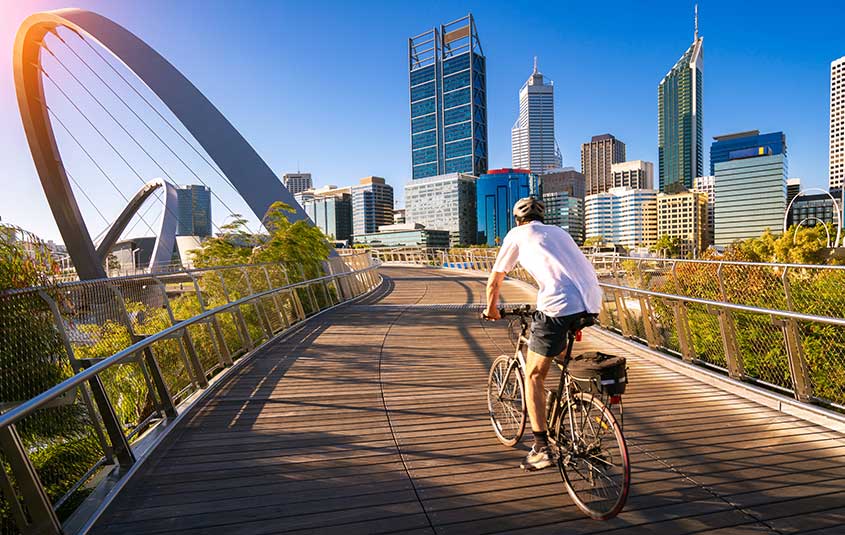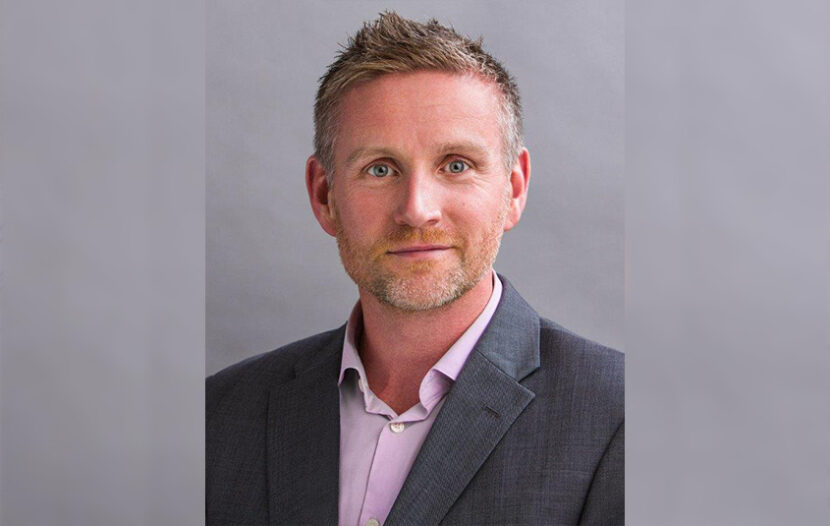TORONTO — Australia may not be allowing Canadians into the country just yet, but that doesn’t mean it’s not making plans behind the scenes in preparation for their return.
After a 20-month closure of its borders due to the COVID-19 pandemic, the country finally relaxed measures on Oct. 31 when it opened up inbound travel from New Zealand without quarantine. A day later, on Nov. 1, it operated its first quarantine-free flights for returning Australian residents and citizens. And then on Nov. 21, the destination went one step further and opened a travel corridor with Singapore, its first major international market to return since the start of the pandemic.
The hope, of course, is to continue on this trajectory and open other air corridors, including Canada, which Chris Allison, Acting General Manager/Regional Director, North America for Tourism Australia says is one of 15 international markets that the organization is currently active in. In 2019, prior to the pandemic, Australia welcomed a total of 189,000 visitors from Canada. And as further proof of Canada’s standing, Air Canada is set to resume service between Vancouver and Sydney this month, which although launched mainly for Australian outbound travel, is an encouraging sign of what’s possibly to come.
“Using corridors like Singapore is a proof of concept. Although plans to open additional corridors with Japan and Singapore have been put on pause until Dec. 15 due to the omicron variant, there are definite proof points in how we’ve been opening so far that will lead to broader reopening into 2022, which is exciting,” says Allison.
Allison also notes two Canadian attributes that will serve the destination well once they’re welcomed back: their propensity to take vacation time, and to stay in destination longer than other demographics.
“We also know that Canadians have more vacation time so for us the Canadian market is one that disperses very widely in Australia, which is great because we want people to get out of the main centers and experience different parts of the country,” he says. “In addition, we know that their average stay is generally longer than some of our other markets because Canadians generally have more time to go on holiday. That is really important to us as a destination.”
In this exclusive interview with Allison, Travelweek asked about Australia’s hard stance on border safety, how its tourism sector is adapting, and how Tourism Australia is working with travel agents ahead of the country’s eventual reopening. Here’s what he had to say:

Twelve Apostles
What’s the benchmark that Australia has set for itself in order to reopen its borders?
“Back in the summer, the Government published its four-phase plan that would allow Australia to move from a COVID-suppression strategy to a COVID-management strategy. With that, there were vaccination thresholds and steps that would allow each of those phases to progress. To move from Phase A to Phase B, the vaccination threshold was set at 70%, and to move from Phase B to Phase C it was set at 80%.
“Generally speaking, most of the state governments in Australia are now looking at the 90% vaccination threshold to allow broader freedom of movement in-and-out of state and within the state, too. As of today, we have 87.4% of the adult population fully vaccinated, and 92.6% have received their first dose. So Australia is really on track to have one of the most successful vaccination programs in the world.”
It’s no secret that Australia has some of the world’s most stringent border restrictions. Do you think these have been effective thus far, or would you do things differently in hindsight?
“All we can speak to is the research that we’re seeing from our consumers in terms of how they perceive Australia as a safe destination. We know that over the last year, our research tells us that as consumers consider destinations, safety and security is the top priority at the moment. And Australia ranks in the top three for safety and security among both Canadians and the U.S.
“The approach we’ve taken in Australia and the stringent rules that we’ve had in place have led to an extremely low case count and low mortality rate, and allowed Australia to really contain the virus as best we can. So I think while the restrictions have been stringent in relation to other countries, the resulting mortality rate and case rate have shown the success of that. And this will lead to strong perceptions of Australia being a safe destination to travel to in the future.”

Perth
What’s it like on the ground, in Australia, right now? Are people out and about, are businesses fully open?
“Our tourism industry has been extremely resilient over the last year and a half. I think the government very early on recognized the need to support the industry to make sure it remained viable for when guests are able to be welcomed back. So there was a number of government assistance programs to help our tourism partners continue to be viable. Plus, Tourism Australia has done an outstanding job in terms of driving domestic tourism to encourage folks who would normally travel internationally to spend those tourism dollars domestically. And with the success of our vaccination program, people are travelling again and the industry is just re-emerging.
“I will be very honest, we haven’t seen any major casualties from a tourism perspective over the last 18-20 months, so that’s excellent. But I think it’s inevitable that when people come back to Australia and as experiences start up again, there’s going to be a period of transition. I think consumers are generally accepting of that at the moment and they have a broader tolerance in terms of their expectations.
“Having said that, we’ve also seen a very strong pipeline of new product development over the past year. We’ve got different tourism experiences, new hotels coming online, particularly in major centers. The industry hasn’t been standing still over the last year.”
How are health and safety protocols being regulated across the country, from a tourism and hospitality standpoint?
“Much like what we see in the United States, Australia has federal and state governments, each with their own policies. So in terms of a tourism provider, whether it’s a hotel or an experience, they are governed by the state lows in which they operate. But we also have industry bodies that sit across the country that are trying to work with states to ensure consistency as much as possible, particularly for operators that operate across multiple states. Organizations like ATEC (Australian Tourism Export Council) and ATIC (Australian Tourism Industry Council) are really advocating on behalf of the industry to drive consistency of policy across the sector.”
How is Tourism Australia working with the trade and travel agents?
“We continue to have an active program of education across the travel advisor network, and the Aussie Specialist Program, which we relaunched in August, is a key platform that we use to do that. We found a real demand, particularly early on in the pandemic, from agents to stay up to date on their learning. It’s an all-new website platform and we’ve re-engineered the way in which advisors can become qualified, making it easier for them to become a specialist. We’ve also added a lot more depth and range in terms of how they continue their learning based on their specialism as an advisor. So for example, if they’re a premium luxury specialist or adventure specialist, we have a dedicated learning pathway now for them.
“The first priority for us when we reopen is to give travel advisors the confidence to sell Australia again. And the way that we can do that is educating them on what the protocols are. At the moment, we don’t know what those protocols will be but when we do, we’ll be getting them that information through the Aussie Specialist Program. We’ll also be working with all of our wholesale retail and tour operator partners in Canada to make sure that the information is getting out there as needed.
“We’ve also started more in-person engagement in the U.S. as we’re seeing advisors really leaning into in-person interaction. We anticipate that happening more in Canada in the new year to reconnect with advisors face to face. We’re planning a roadshow across North America, probably in March, and we will be coming out with our state and territory partners to Vancouver and Toronto.”
For more information about the Aussie Specialist Program, go to www.aussiespecialist.com.

